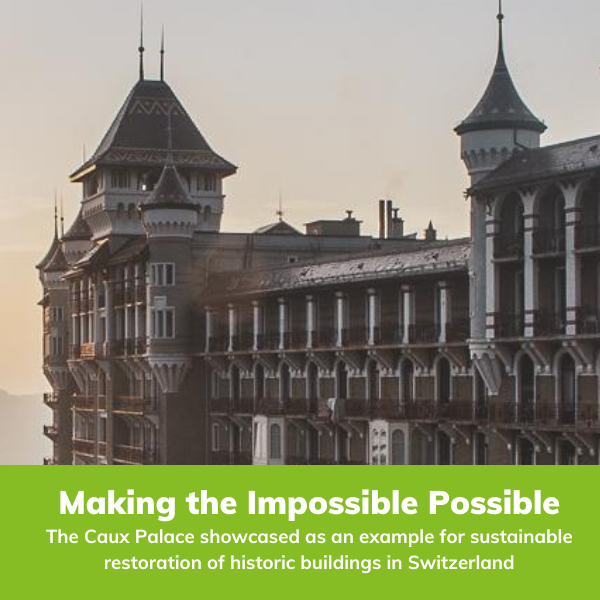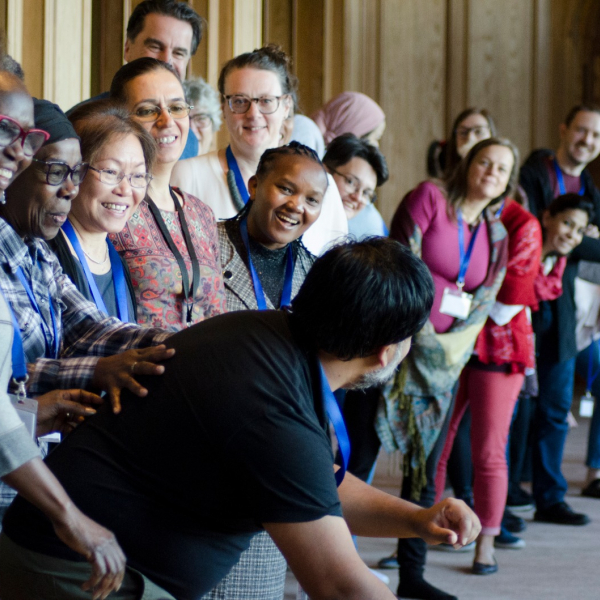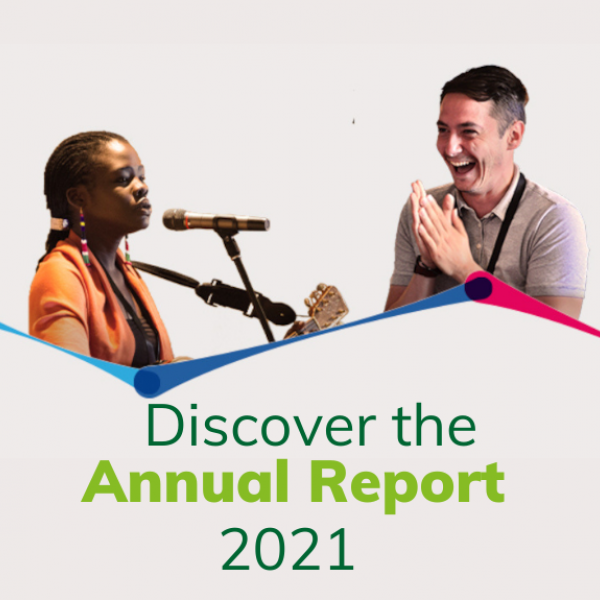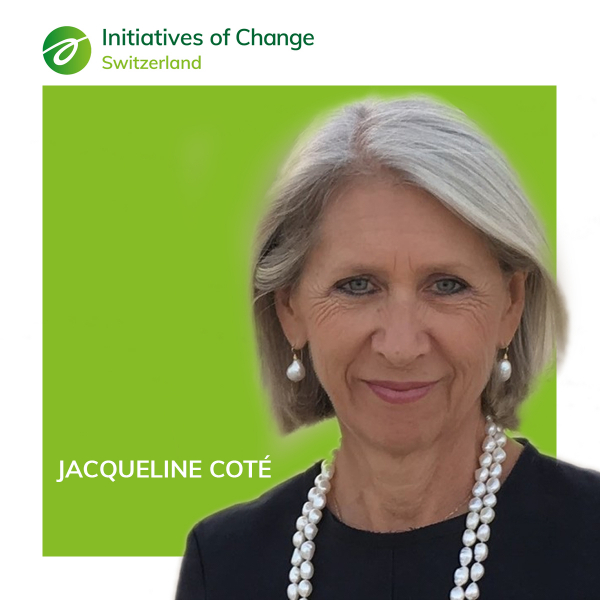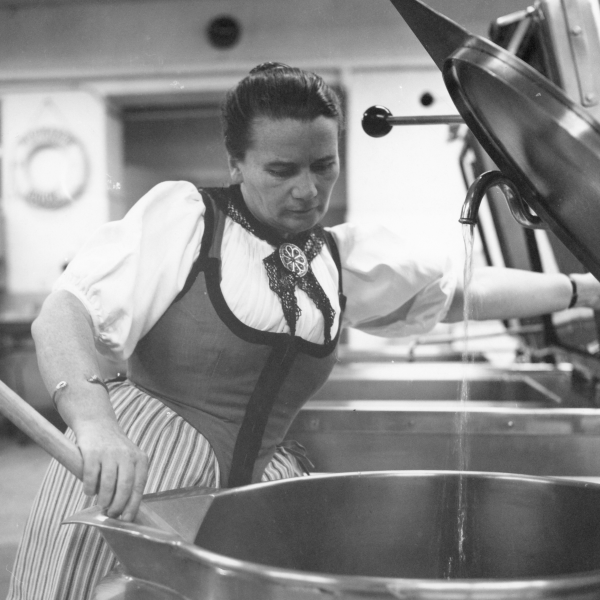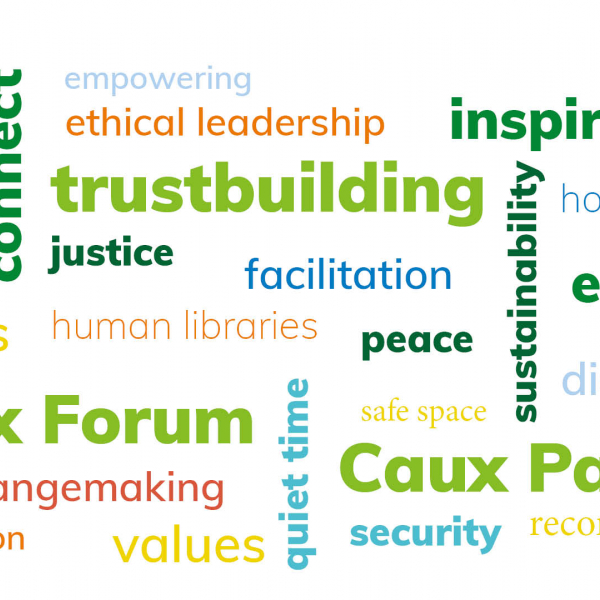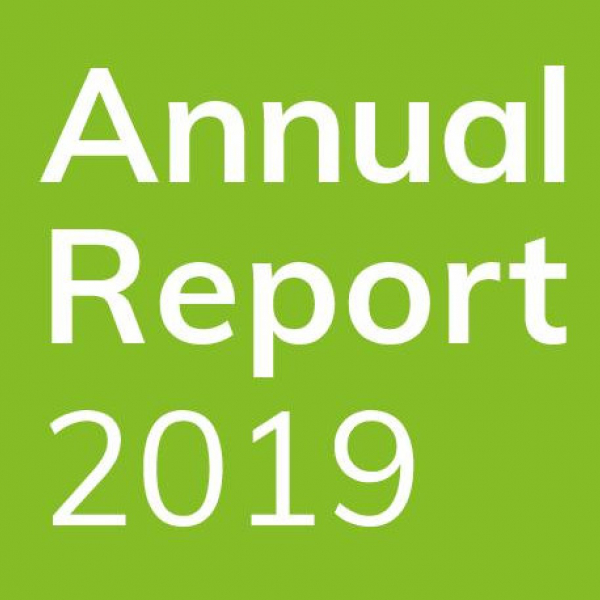Stories are powerful. At IofC, story sharing has been a powerful tool for change. Stories inspire those who listen and give them the chance to gain a new perspective, to put themselves in the teller’s shoes. Sharing also gives greater insight to those who tell their stories. The process makes us all realize that the stories of the marginalized are also part of our stories, and that indeed we are all part of the same story.
However, stories are often told by those in power. Some stories are not told. Some stories are adapted or even erased.
‘As an African American I have learned that in my own country some people tend to erase our history,’ Shalisa Hayes from the US told us in 2018. The Founder and Executive Director of the Billy Ray Shirley III Foundation came to Caux twice to tell the story of the son she lost to gun violence.
Two years later, her words have fresh power in the aftermath of the killing of George Floyd. His story will not be erased, because so many have identified with it and decided to share it. It has travelled the world and resonated internationally, because it wasn’t an isolated story. Not in the US, not in the world. The story of racism is a truly global story: one that everyone has a part in telling.
In Switzerland too, racism is present. A recent report by the European Commission against Racism and Intolerance states that in Switzerland ‘institutional and structural racism continues to be a problem in the police. It manifests itself in racial profiling and identity checks targeting notably persons with itinerant ways of life and Black persons.’ The story of racial discrimination and of white privilege is international.
It is disheartening to see how prevalent race discrimination still is in our societies today. The recurring absence of justice for the black victims of senseless killings forbids complacency. Our hearts go out to all who suffer systemic brutality and racial injustice.
It is up to each and every one of us to create a new story and to commit ourselves to bringing about a sustainable society that rejects discrimination and promotes ethical leadership. We must all consider what we can do in our own lives to address imbalances of power and work for a future in which systemic racism has no part.
The theme of this year’s Caux Forum Online is ‘Shaping our future together’. We commit to providing a platform where all voices can be heard, where all stories can be told, and where together we can write a new more inclusive story. The Tools for Changemakers conference is readapting its programme to highlight the role of dialogue in addressing racism. It will create space for participants to share their personal experiences of privilege and discrimination.
Black lives matter. Not just because it is part of the story that we at Initiatives of Change want to be telling, but simply because it is part of our common story of humanity. Come share this story, come share your story.
The Initiatives of Change Switzerland Team and Council
If you’d like us to share your story on our website or social media, please send us an email.


